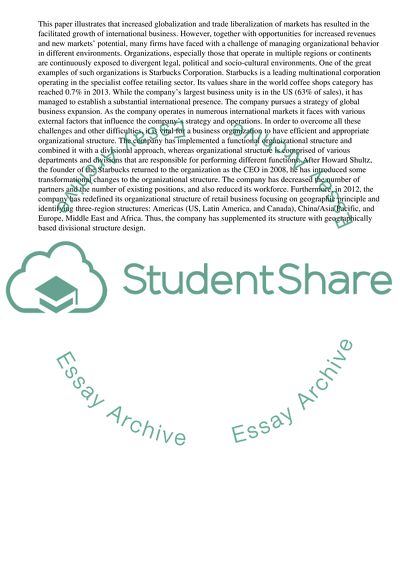Cite this document
(“How and Why Starbucks Is Affected By both Internal and External Essay”, n.d.)
How and Why Starbucks Is Affected By both Internal and External Essay. Retrieved from https://studentshare.org/business/1699189-using-a-significant-international-public-company-as-a-case-study-examine-specific-instances-which-demonstrate-how-and-why-an-organization-is-affected-by-both-internal-and-external-challenges
How and Why Starbucks Is Affected By both Internal and External Essay. Retrieved from https://studentshare.org/business/1699189-using-a-significant-international-public-company-as-a-case-study-examine-specific-instances-which-demonstrate-how-and-why-an-organization-is-affected-by-both-internal-and-external-challenges
(How and Why Starbucks Is Affected By Both Internal and External Essay)
How and Why Starbucks Is Affected By Both Internal and External Essay. https://studentshare.org/business/1699189-using-a-significant-international-public-company-as-a-case-study-examine-specific-instances-which-demonstrate-how-and-why-an-organization-is-affected-by-both-internal-and-external-challenges.
How and Why Starbucks Is Affected By Both Internal and External Essay. https://studentshare.org/business/1699189-using-a-significant-international-public-company-as-a-case-study-examine-specific-instances-which-demonstrate-how-and-why-an-organization-is-affected-by-both-internal-and-external-challenges.
“How and Why Starbucks Is Affected By Both Internal and External Essay”, n.d. https://studentshare.org/business/1699189-using-a-significant-international-public-company-as-a-case-study-examine-specific-instances-which-demonstrate-how-and-why-an-organization-is-affected-by-both-internal-and-external-challenges.


